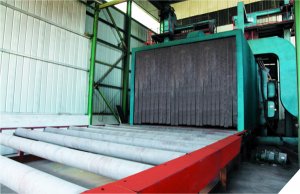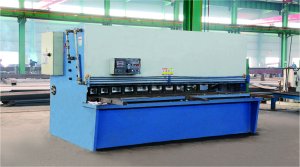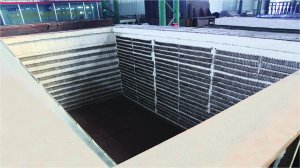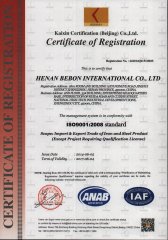Structural steel is classified into four main categories based on their chemical composition, mechanical properties, and intended use in construction and engineering applications:
Carbon Structural Steel:
Composition: Contains primarily iron and carbon as the main alloying elements, with small amounts of other elements.
Properties: Known for its strength, ductility, and versatility in various structural applications.
Examples: Common grades include ASTM A36, S235, and ST37 carbon structural steels used in a wide range of construction projects.
Alloy Structural Steel:
Composition: Contains additional alloying elements beyond carbon and iron, such as manganese, silicon, copper, nickel, chromium, and others.
Properties: Offers enhanced mechanical properties like increased strength, hardness, and wear resistance compared to carbon steels.
Examples: Grades like ASTM A572, S355, and 42CrMo4 fall under this category and are used in demanding structural applications where higher performance is required.
High-Strength Low-Alloy (HSLA) Steel:
Composition: Contains small amounts of alloying elements like vanadium, niobium, titanium, or copper in combination with carbon and other elements.
Properties: Provides superior strength, toughness, and weldability while maintaining good formability and corrosion resistance.
Examples: Grades like ASTM A572 Grade 50, S690QL, and HSLA Steels are used in structural components requiring high strength-to-weight ratios and durability.
Stainless Steel:
Composition: Contains a minimum of 10.5% chromium, which forms a passive oxide layer on the surface, providing corrosion resistance.
Properties: Known for excellent corrosion resistance, strength, and aesthetic appeal, making it ideal for structural applications in aggressive environments.
Examples: Common grades include 304, 316, and 2205 stainless steels used in architectural, industrial, and marine applications where corrosion resistance is critical.
These classifications help engineers and designers choose the most suitable type of structural steel based on project requirements, environmental conditions, load-bearing capacities, and desired properties such as strength, ductility, corrosion resistance, and cost-effectiveness. Each category serves specific purposes in construction, infrastructure development, manufacturing, and other industries where structural steel plays a pivotal role in ensuring safety, stability, and longevity of structures.

 Address:Zhengzhou city in China.
Address:Zhengzhou city in China. Phone:0086-371-86151827
Phone:0086-371-86151827 Email:
Email:



 Address: Zhengzhou city in China.
Address: Zhengzhou city in China.

